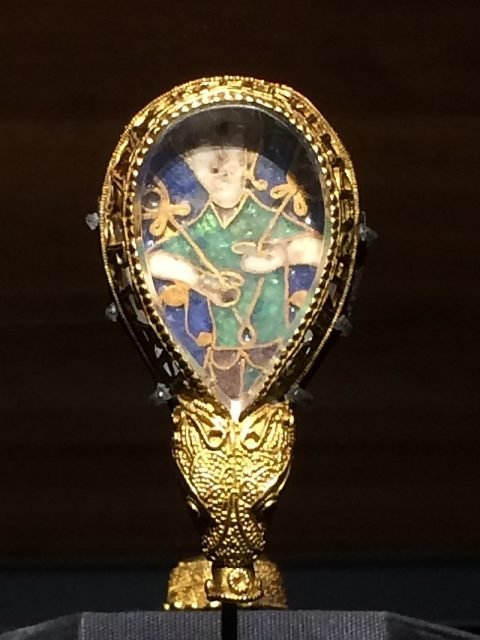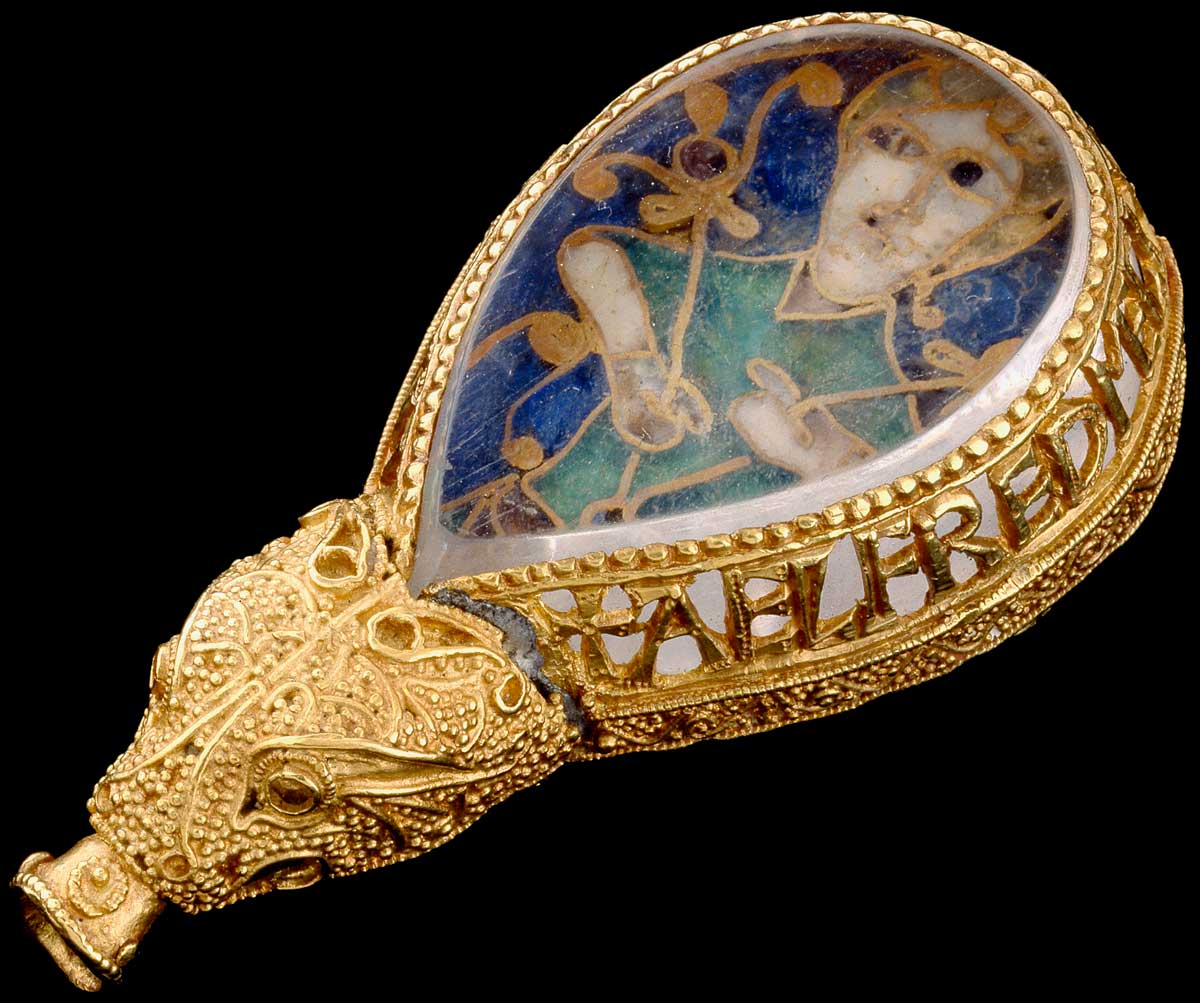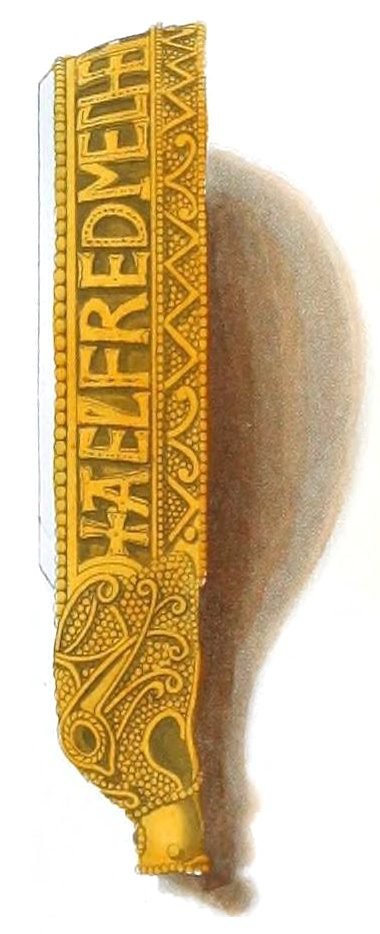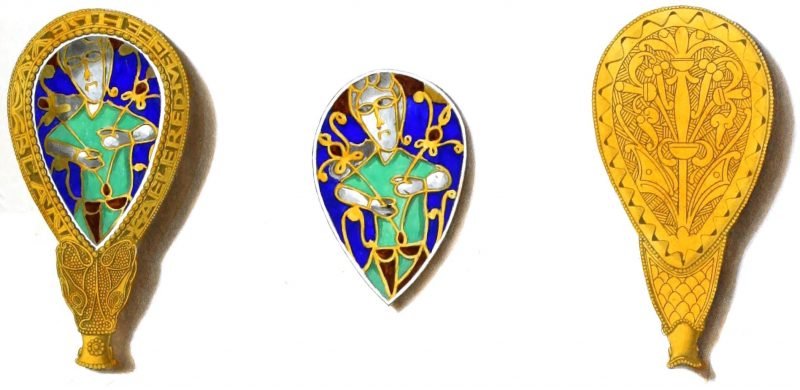The Alfred Jewel stands as a remarkable testament to the craftsmanship and cultural achievements of the Anglo-Saxon era. Unearthed in a field in Somerset in 1693, this exquisite piece of goldsmith work has captivated historians and enthusiasts alike. Bearing the inscription “Alfred ordered me to be made,” it is closely linked to King Alfred the Great, one of England’s most revered monarchs. This article delves into the history, significance, and enduring mystery surrounding the Alfred Jewel.
Discovery and Historical Context

In 1693, the Alfred Jewel was discovered during plowing in a field at North Petherton, Somerset. This location is notable for its proximity to Athelney Abbey, the stronghold from which King Alfred launched his pivotal counter-attack against the Great Army of the Danes. This battle culminated in Alfred’s victory at Edington in 878, solidifying his legacy. The Jewel was presented to the Ashmolean Museum in 1718, where it has remained one of the collection’s principal treasures.
The Enigmatic Purpose

The purpose of the Alfred Jewel has been a topic of much speculation. Early theories proposed that it might have been part of a royal headdress or a pendant, but these ideas were later dismissed. Contemporary opinion suggests that the Jewel was likely an aestel or pointer, used to follow text in a gospel book, similar to the Yad used in Jewish synagogues. The dragonesque head at the base, which holds a cylindrical socket, supports this theory, indicating that a pointer, possibly made of ivory, was once held in place by a rivet.
Unique Design and Craftsmanship

The teardrop-shaped form of the Alfred Jewel is another intriguing aspect. It is believed to have been crafted around a pre-existing slab of rock-crystal, possibly a reused Roman piece. The delicate cloisonné enamel work on the plaque, protected by the rock-crystal, depicts a figure that has sparked much debate. Initially thought to represent St. Cuthbert, it is now believed to symbolize the sense of sight, drawing parallels to a contemporary silver brooch in the British Museum.
The Inscription and Its Significance

The inscription on the Jewel, “AELFRED MEC HEHT GEWYRCAN” (“Alfred ordered me to be made”), leaves no doubt about its royal patronage. King Alfred, who died in 899, was known for his cultural and military achievements. He commissioned translations of religious texts into the vernacular, and it is said that with each copy of Pope Gregory the Great’s “Pastoral Care,” he sent a precious aestel, possibly similar to the Alfred Jewel, to ensure the texts were read with due solemnity.
Comparison with the Minster Lovell Jewel

Another significant artifact, the Minster Lovell Jewel, shares many characteristics with the Alfred Jewel. Dating from the late ninth century, it also features granulation and fine enameling, suggesting that both pieces were made in the same workshop. The Minster Lovell Jewel also has a socket at the base with a rivet, indicating it served a similar function as a pointer.
Exhibition and Replicas

Both the Alfred Jewel and the Minster Lovell Jewel are displayed in the ‘England 400-1600’ gallery on the second floor of the Ashmolean Museum. In 1901, to commemorate the millenary of King Alfred’s death, replicas of the Alfred Jewel were made by Payne’s of Oxford and Elliot Stocks of London, although no records from this period survive. Later replicas were produced by the Ashmolean’s conservation department.
Conclusion
The Alfred Jewel remains an enduring symbol of the Anglo-Saxon era’s technological and artistic prowess. Its discovery, historical significance, and the mysteries it holds continue to fascinate scholars and the public alike. As a tangible connection to King Alfred the Great and his cultural initiatives, the Jewel not only highlights the craftsmanship of the time but also underscores the rich history of England.
